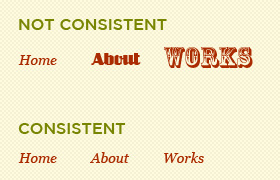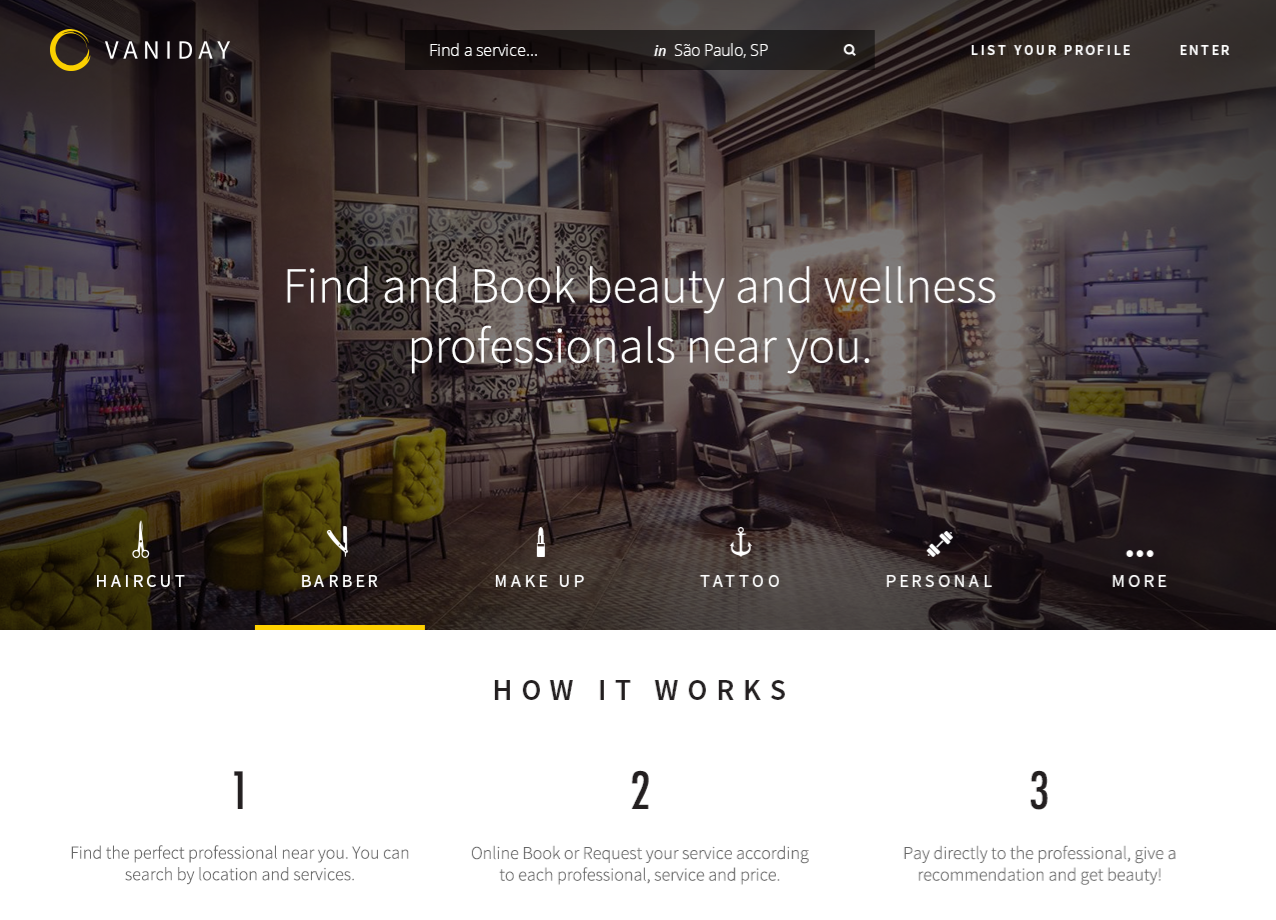
In marketing, data is power. Surveys of marketers across industries suggest that brands of all shapes and sizes have hopped on the big data bandwagon. The Direct Marketing Association found that 84 percent of respondents plan to increase spending in data-driven marketing for 2015.
Just the same, an InfoGroup survey found that brands rely on a number of different sources to collect and analyze this data. All of these activities are done in the name of improving customer experience with the type of marketing content and information that compels conversions and appeals to new customers.
Data is important, but it’s not just having all of this information that makes data-driven marketing successful. There are several important steps marketers must take to ensure they reach the outcomes they want within their budgets. Here are four steps any marketer can take to turn data into actionable insights that directly improve customer experience.
Conduct interviews to fill in the gaps
Quantitative data is great to determine which strategies work and where a brand needs to see improvement. However, no statistic can explain why a campaign succeeded better than the customer who made the decision to convert, whether that meant a purchase or a simple request for more information. Reaching out to customers and asking them what drove them to act will provide context to quantitative metrics.
It’s important to conduct a few interviews from each customer segment using your product, too. What worked for one customer may not have been as effective for another. Understanding data and trends mean collecting information from a sizable sample of your target audience.
When conducting interviews, the goal is to get to know the different user groups. By looking at usage and behavior data in a third-party analytics tool, such as Preact, you can identify specific user groups and analyze the product features used most. If the goal is to improve the overall product, you need information from different categories. Alternately, if the goal is specifically to optimize a certain feature, you can subset user categories.
In both cases, you can send out either a survey via Survey Monkey or Tech Validate, or an email asking if recipients are interested in having a conversation. You’d be surprised how many people want to talk to you, and they often have great feedback and advice about what’s working and what needs improvement.
Examine usage data to assess customer experience
Segmentation and personalization are all the rage in Web marketing. Big data helps companies understand different portions of their target audience and identify the best content for that group based on what made similar customers convert. This process can always improve, though. What attracts a young millennial to your product may be different from what attracts a Gen-Xer or Baby Boomer.
Consider who you are trying to attract. Are all of these groups satisfied with their experiences? Are they similarly engaged with your product? The ways different website visitors interacted with certain content and how it moved them through the conversion funnel will highlight what is working and what can improve.
Preact can also track event data, such as how know many times a customer has clicked on a certain button or viewed a page. It collects contact and professional information, which helps to determine customer segments. You can also keep track of formal customer complaints with tools such as Zendesk, which can help uncover bugs quickly via Zendesk tickets.
Identify stagnant customers to bring them back
Sometimes a strategy doesn’t yield the expected ROI, or it doesn’t keep customers coming back to a brand. When someone converts once or twice but then doesn’t return, there may be an opportunity to capture that customer again with a better understanding of the conversion paths he took.
Again, look at your quantitative data to hypothesize what could be happening, conduct experiments and hold interviews. Once there’s a clear pattern for why these customers aren’t returning, solve the problem in your product, and then reach out to past customers with new information to get them back onboard.
To conduct experiments, consider using Optimizely, a tool that allows you to change the wording, placement of buttons, text and more, essentially creating multiple versions of the same Web page. Wording can have a big impact on a prospect’s decision, so it helps to write a couple versions of your Web page and compare. Optimizely will expose randomly selected customers to each page and keep track of how each performs.
Analyze acquisition data to assess progress
The introduction to the conversion funnel is the type of information some brands can end up neglecting. There’s so much content coming out of a marketing team, marketers might forget to think about what’s working and what isn’t.
The first point of exposure a customer has to a company can be the most important, so it’s always a good idea to determine which channels are really working to attract new or repeat customers. The results may come as a bit of a surprise, and it’s a great way to redirect time and effort to more effective channels.
Analytics tools, such as KISSmetrics, track acquisition channels and allow you to see how many customers are coming from places like Google or paid advertisements, and if they’re converting. If you continue to track customers from various channels over time, you can see which channels are performing best.
Google Analytics is a good, free alternative to track these measurements. Most bloggers and smaller companies start with Google Analytics and then subscribe to a more robust third-party tool once they have some cash in the bank.
The more data a marketer has to make decisions for a brand, the better. It can’t just be about the raw quantitative analysis, though. There are insights that must come from that information to ensure it brings tangible benefits to a company.
Sometimes, finding those answers will take a bit of digging. Investigate the true meaning behind every piece of information, and you’ll see all that data really start to prove its value.































